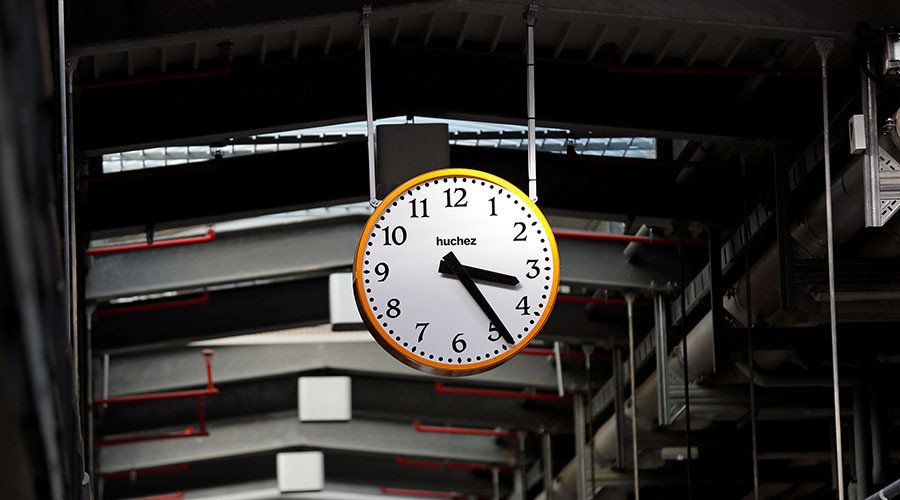OF THE
TIMES
We'll know our disinformation program is complete when everything the American public believes is false.
Arnulf Damerau is a serial entrepreneur and globally active philanthropist. He is chairman and founder of the EuroAtlantic Group and the...
All the men in the middle east are fighting with each other. It was written with charcoal, in Sanskrit, on a cave wall... fast forward, 3000...
the rapid implementation of a new vaccine technology was necessary And we end another week of World News with another comment from the Globalist...
A lot of "he said, she said" going on here.
There exists a silver lining in the story that cant be overlooked. For every vile dumped into the toilet, 5 people have avoided blood clotting...
To submit an article for publication, see our Submission Guidelines
Reader comments do not necessarily reflect the views of the volunteers, editors, and directors of SOTT.net or the Quantum Future Group.
Some icons on this site were created by: Afterglow, Aha-Soft, AntialiasFactory, artdesigner.lv, Artura, DailyOverview, Everaldo, GraphicsFuel, IconFactory, Iconka, IconShock, Icons-Land, i-love-icons, KDE-look.org, Klukeart, mugenb16, Map Icons Collection, PetshopBoxStudio, VisualPharm, wbeiruti, WebIconset
Powered by PikaJS 🐁 and In·Site
Original content © 2002-2024 by Sott.net/Signs of the Times. See: FAIR USE NOTICE

Seriously...it took a team to measure time huh? Amazing!